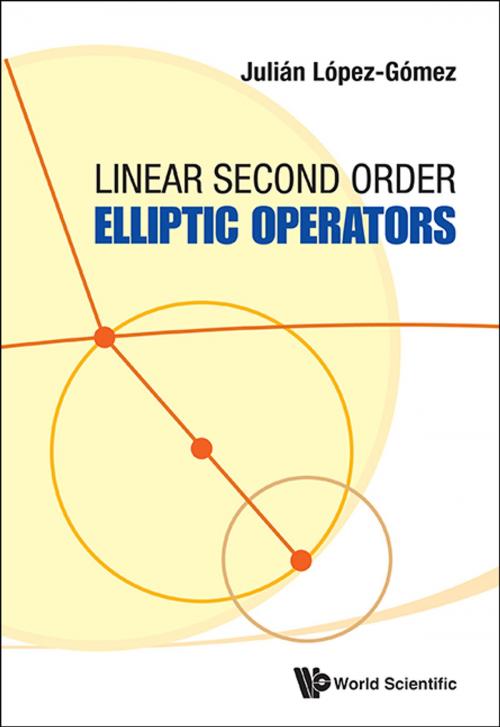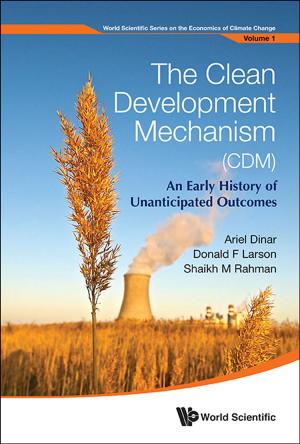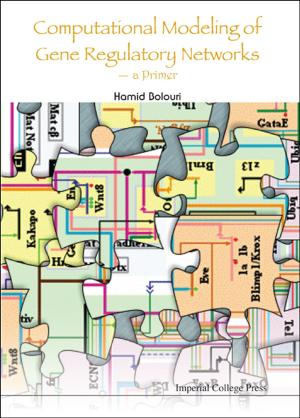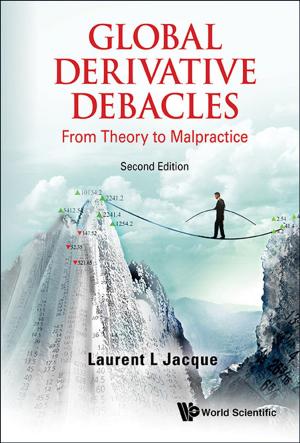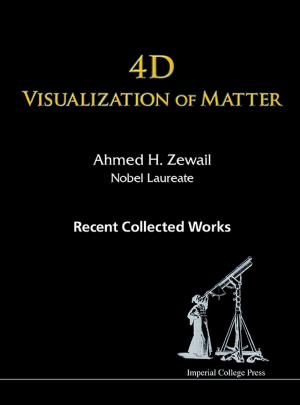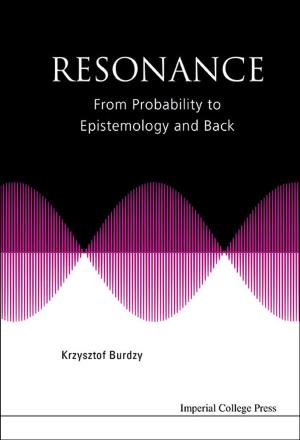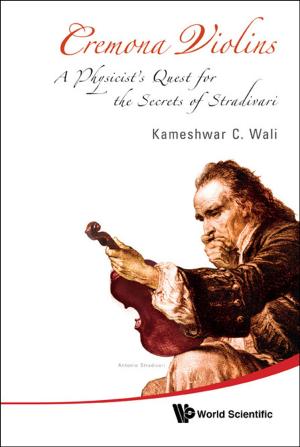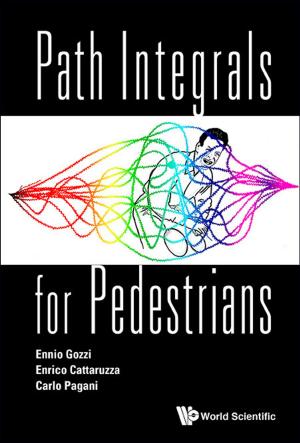Linear Second Order Elliptic Operators
Nonfiction, Science & Nature, Mathematics, Differential Equations, Science, Physics, Mathematical Physics| Author: | Julián López-Gómez | ISBN: | 9789814440264 |
| Publisher: | World Scientific Publishing Company | Publication: | April 24, 2013 |
| Imprint: | WSPC | Language: | English |
| Author: | Julián López-Gómez |
| ISBN: | 9789814440264 |
| Publisher: | World Scientific Publishing Company |
| Publication: | April 24, 2013 |
| Imprint: | WSPC |
| Language: | English |
The main goal of the book is to provide a comprehensive and self-contained proof of the, relatively recent, theorem of characterization of the strong maximum principle due to Molina-Meyer and the author, published in Diff. Int. Eqns. in 1994, which was later refined by Amann and the author in a paper published in J. of Diff. Eqns. in 1998. Besides this characterization has been shown to be a pivotal result for the development of the modern theory of spatially heterogeneous nonlinear elliptic and parabolic problems; it has allowed us to update the classical theory on the maximum and minimum principles by providing with some extremely sharp refinements of the classical results of Hopf and Protter-Weinberger. By a celebrated result of Berestycki, Nirenberg and Varadhan, Comm. Pure Appl. Maths. in 1994, the characterization theorem is partially true under no regularity constraints on the support domain for Dirichlet boundary conditions.
Instead of encyclopedic generality, this book pays special attention to completeness, clarity and transparency of its exposition so that it can be taught even at an advanced undergraduate level. Adopting this perspective, it is a textbook; however, it is simultaneously a research monograph about the maximum principle, as it brings together for the first time in the form of a book, the most paradigmatic classical results together with a series of recent fundamental results scattered in a number of independent papers by the author of this book and his collaborators.
Chapters 3, 4, and 5 can be delivered as a classical undergraduate, or graduate, course in Hilbert space techniques for linear second order elliptic operators, and Chaps. 1 and 2 complete the classical results on the minimum principle covered by the paradigmatic textbook of Protter and Weinberger by incorporating some recent classification theorems of supersolutions by Walter, 1989, and the author, 2003. Consequently, these five chapters can be taught at an undergraduate, or graduate, level. Chapters 6 and 7 study the celebrated theorem of Krein–Rutman and infer from it the characterizations of the strong maximum principle of Molina-Meyer and Amann, in collaboration with the author, which have been incorporated to a textbook by the first time here, as well as the results of Chaps. 8 and 9, polishing some recent joint work of Cano-Casanova with the author. Consequently, the second half of the book consists of a more specialized monograph on the maximum principle and the underlying principal eigenvalues.
Contents:
- The Minimum Principle
- Classifying Supersolutions
- Representation Theorems
- Existence of Weak Solutions
- Regularity of Weak Solutions
- The Krein–Rutman Theorem
- The Strong Maximum Principle
- Properties of the Principal Eigenvalue
- Principal Eigenvalues of Linear Weighted Boundary Value Problems
Readership: Graduate students and researchers in analysis and differential equations, mathematical physics and mathematical biology.
The main goal of the book is to provide a comprehensive and self-contained proof of the, relatively recent, theorem of characterization of the strong maximum principle due to Molina-Meyer and the author, published in Diff. Int. Eqns. in 1994, which was later refined by Amann and the author in a paper published in J. of Diff. Eqns. in 1998. Besides this characterization has been shown to be a pivotal result for the development of the modern theory of spatially heterogeneous nonlinear elliptic and parabolic problems; it has allowed us to update the classical theory on the maximum and minimum principles by providing with some extremely sharp refinements of the classical results of Hopf and Protter-Weinberger. By a celebrated result of Berestycki, Nirenberg and Varadhan, Comm. Pure Appl. Maths. in 1994, the characterization theorem is partially true under no regularity constraints on the support domain for Dirichlet boundary conditions.
Instead of encyclopedic generality, this book pays special attention to completeness, clarity and transparency of its exposition so that it can be taught even at an advanced undergraduate level. Adopting this perspective, it is a textbook; however, it is simultaneously a research monograph about the maximum principle, as it brings together for the first time in the form of a book, the most paradigmatic classical results together with a series of recent fundamental results scattered in a number of independent papers by the author of this book and his collaborators.
Chapters 3, 4, and 5 can be delivered as a classical undergraduate, or graduate, course in Hilbert space techniques for linear second order elliptic operators, and Chaps. 1 and 2 complete the classical results on the minimum principle covered by the paradigmatic textbook of Protter and Weinberger by incorporating some recent classification theorems of supersolutions by Walter, 1989, and the author, 2003. Consequently, these five chapters can be taught at an undergraduate, or graduate, level. Chapters 6 and 7 study the celebrated theorem of Krein–Rutman and infer from it the characterizations of the strong maximum principle of Molina-Meyer and Amann, in collaboration with the author, which have been incorporated to a textbook by the first time here, as well as the results of Chaps. 8 and 9, polishing some recent joint work of Cano-Casanova with the author. Consequently, the second half of the book consists of a more specialized monograph on the maximum principle and the underlying principal eigenvalues.
Contents:
- The Minimum Principle
- Classifying Supersolutions
- Representation Theorems
- Existence of Weak Solutions
- Regularity of Weak Solutions
- The Krein–Rutman Theorem
- The Strong Maximum Principle
- Properties of the Principal Eigenvalue
- Principal Eigenvalues of Linear Weighted Boundary Value Problems
Readership: Graduate students and researchers in analysis and differential equations, mathematical physics and mathematical biology.
